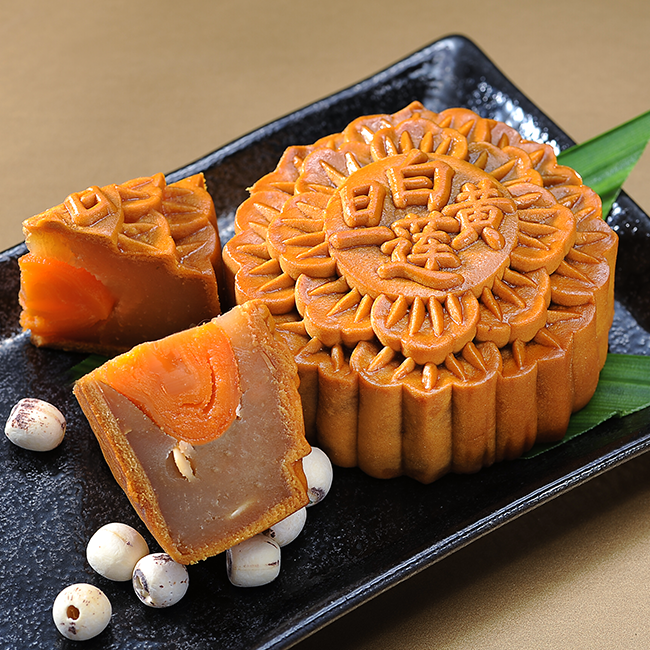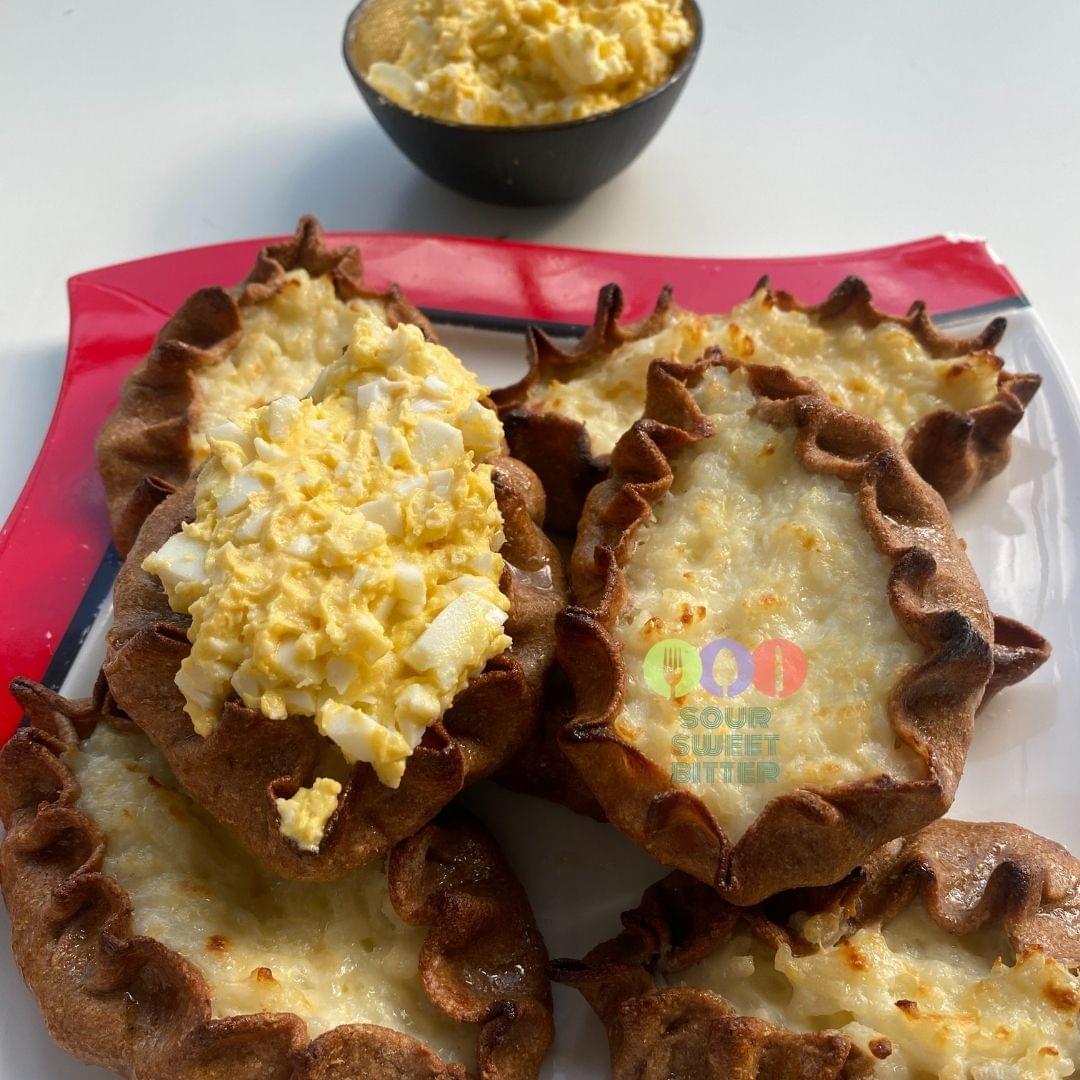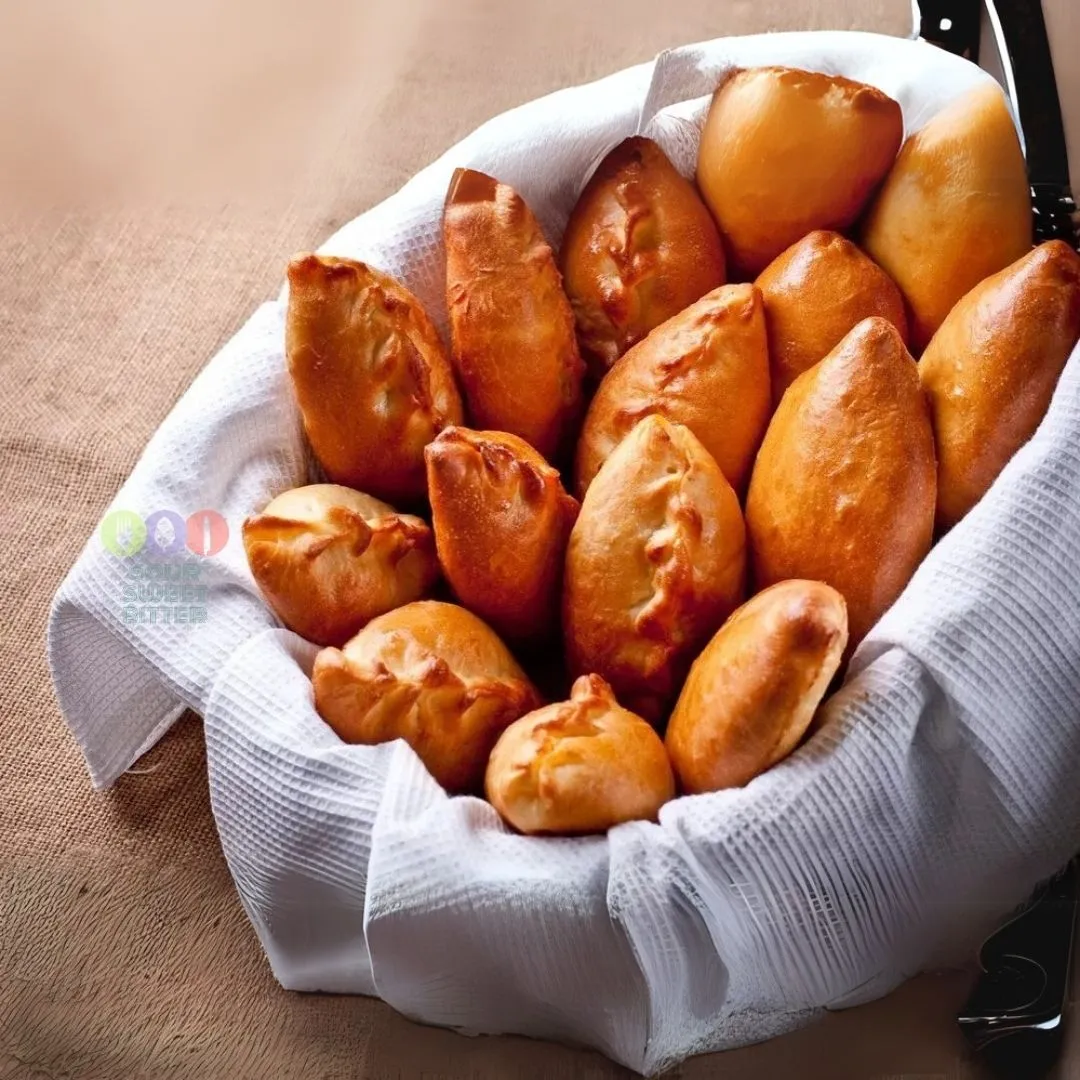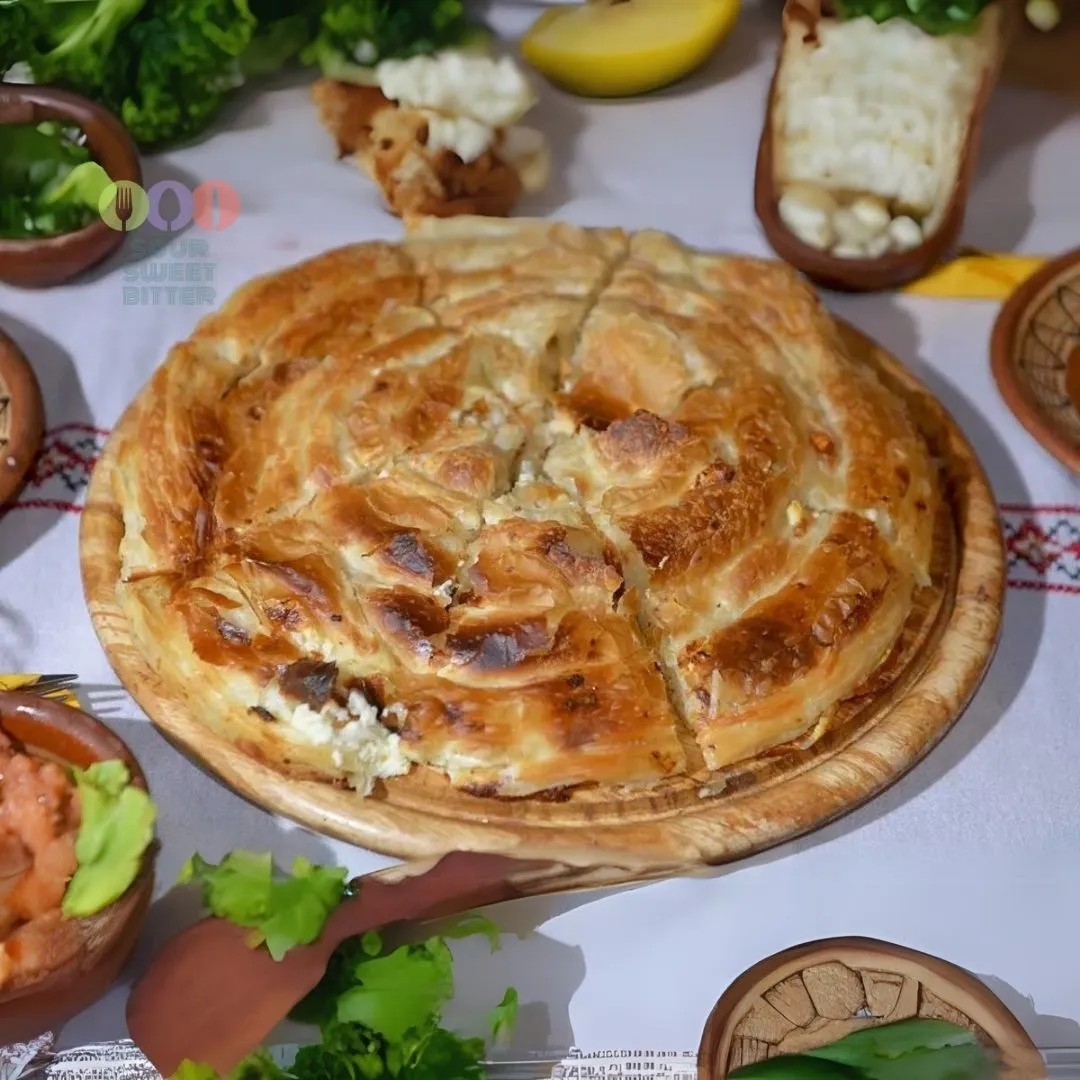Moon cake, an iconic Chinese pastry, plays a vital role in the traditions and culture of China. People primarily enjoy it during the Mid-Autumn Festival, celebrating lunar appreciation and the autumn harvest. This festival ranks among the most significant annual events in Chinese culture, similar to Thanksgiving.
The tradition of moon cakes began in the Tang dynasty as a tribute pastry. By the Yuan dynasty (1271-1368 AD), people had popularized the practice of exchanging these cakes. Rebels used them to hide messages, coordinating efforts to overthrow the Mongol rulers and restore Han Chinese rule.
More than just a pastry, this iconic dish carries rich cultural symbolism. Its round shape represents completeness and reunion, mirroring the full moon during the festival. The cake often features designs that include Chinese characters for “longevity” or “harmony” and symbols like the moon or flowers.
Varieties and Modern Interpretations
Across China, moon cakes vary widely, reflecting local tastes and customs. Traditional fillings include lotus seed paste, red bean paste, and nuts and seeds. Recently, new flavors like chocolate and green tea have emerged to attract a younger audience.
These cakes remain central to Mid-Autumn Festival celebrations today. People give them as gifts in beautifully crafted boxes, which adds to the ceremonial nature of the tradition. Sharing moon cakes among family members during the festival symbolizes unity and peace.
As a cherished emblem of Chinese gastronomy, the moon cake embodies China’s rich historical heritage and vibrant cultural tapestry. Its evolution and various forms today continue to make the moon cake a beloved symbol of reunion and joy during the Mid-Autumn Festival.
Discover Traditional Chinese Recipes Discover Traditional Recipes From Asia You may like this also: Croatian Kukuruzna Zlevanka
Chinese Moon Cake
Ingredients
Dough
Filling
Egg Wash
Instructions
Making the Dough
-
Combine Ingredients: In a large bowl, mix the golden syrup, vegetable oil, and alkaline water until well combined.
-
Add Flour: Gradually add the flour into the mixture, stirring until it forms a soft dough.
-
Rest Dough: Cover the dough with plastic wrap and let it rest at room temperature for at least 1 hour.
Preparing the Filling
-
Prepare Egg Yolks (if using): If using salted egg yolks, cut them in half and steam for about 5 minutes. Let them cool.
-
Divide Filling: Divide the red bean paste or lotus seed paste into portions of about 30-35g each (adjust based on the size of your moon cake mold). If using, place half an egg yolk in the center of each portion and roll into a ball. For added texture, mix in melon seeds or nuts before rolling.
Assembling the Moon Cakes
-
Divide Dough: Divide the dough into portions of about 20-25g each, depending on the size of your mold.
-
Flatten Dough: Roll each portion into a ball, then flatten into a disc.
-
Wrap Filling: Place a filling ball in the center of the dough disc. Carefully wrap the dough around the filling, pinching the edges to seal. Roll gently to form a smooth ball.
-
Mold Cakes: Lightly dust a moon cake mold with flour. Place the filled dough ball into the mold, then press firmly to shape and imprint the pattern. Tap to release.
Baking the Moon Cakes
-
Preheat Oven: Preheat your oven to 180°C (350°F).
-
First Bake: Place the moon cakes on a baking sheet lined with parchment paper. Bake for about 5-7 minutes until they just start to set.
-
Apply Egg Wash: Remove from the oven and let cool for about 10 minutes. Brush a light layer of egg wash over the tops.
-
Second Bake: Return to the oven and bake for an additional 10-15 minutes, or until golden brown.
Finishing
-
Cool: Allow the moon cakes to cool completely. Store in an airtight container. Moon cakes taste best after 1-2 days, as the oil from the filling will soften the pastry.
Note
- Golden Syrup: You can make your own golden syrup by simmering sugar, water, and a slice of lemon until it turns golden brown.
- Alkaline Water: This is important for achieving the correct texture and color. It can be found in Asian grocery stores.
- Molds: Traditional wooden molds or modern plastic molds can be used. Ensure they are lightly floured to prevent sticking.










